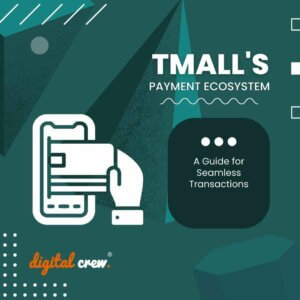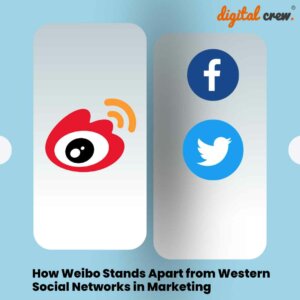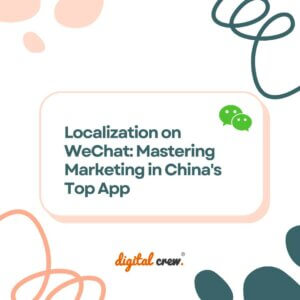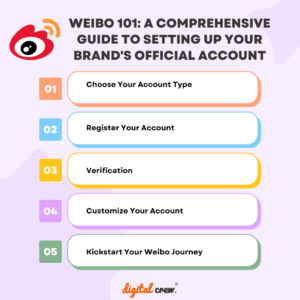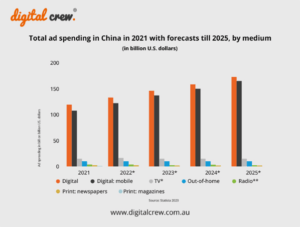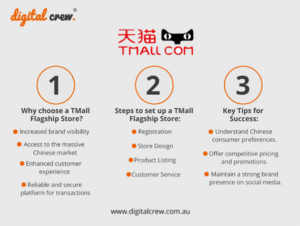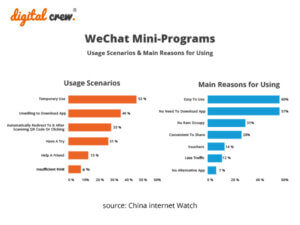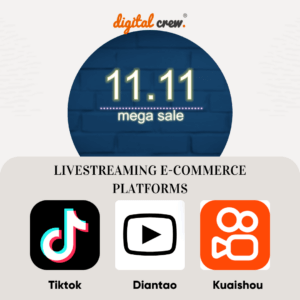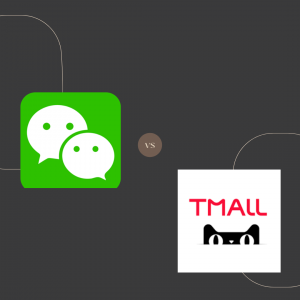Whether you’re running an e-commerce site, managing a traditional bricks-and-mortar store, or you’re simply looking to build a corporate web presence for Chinese speakers, culturally-targeted branding should form an essential part of your digital marketing plan.
Understanding your audience – and speaking to them
The Chinese market is both culturally and geographically diverse, with a variety of different cultures, languages and dialects represented.
Given this, it’s essential to know which audience segments your business is targeting, and to have a deep understanding of this audience and its needs.
Deep and nuanced research into the culture and identity of your audience will help you target the appropriate audience in a way that is culturally resonant.
Identifying your unique selling point and positioning your brand
Brand awareness is on the rise in China, notes the Economist.
Investing in strong brand awareness at an early stage can give you a leg up in this growing and competitive market.
It’s essential to identify what differentiates your brand from others, and to craft strong, consistent and memorable brand messages that will persuade your identified key audience.
It’s also important to identify and monitor your competitors in each market segment to see what activities they are undertaking.
Potential digital channels for your branding activity
Your branding messages can be leveraged via media buying sites, search engine rankings and social media sharing.
- Media buying – media buying sites include Alibaba’s Alimama network, Dianru and Adview.cn.
- Search engines – Google and Bing hold search engine supremacy in the English-speaking world, but in China there are five major players that hold the keys to SEO success. Of these, Baidu is the most prominent, although Qihoo’s 360 Search has gained significant ground. Together these have around 84% of the market share, according to the China Internet Information Network Centre’s bi-annual report. Soso, Sogou and Youdao, along with a number of other smaller players, round out the rest of the market.
- Social media – With more than 90% of China’s 600 or so million internet users reporting having a social media account, according to the report, there’s huge potential to reach a massive audience if you leverage the appropriate networks. Although Facebook and Twitter are key players in western markets, their use is close to zero in China, where both have been blocked. A Facebook-like experience is offered by Pengyou, which is part of the huge Tencent QQ network, while the microblogging platform Sina Weibo is a Twitter-like alternative. WeChat is a major player in the Chinese social media stakes. Similar to WhatsApp, WeChat is an instant messaging app which has hundreds of millions of members, and it has been used by brands such as Burberry for promotional purposes.
The mobile market
Internet use continues to skyrocket in China, while desktop use has dropped. Accordingly, you should tailor your digital strategy towards the mobile market, ensuring that your website and any digital marketing collateral is both easily accessible on mobile devices, and is optimised for social sharing.
Engaging expert consultants for a tailored strategy
The challenge of the Chinese context is that the market is huge and the options are seemingly endless, and it can take significant cultural awareness and local experience to effectively navigate them and ensure your branding budget is being spent in the right areas.
If you’re looking to build your digital brand in China, why not engage one of the experts from our China Online Marketing division? We have years of experience in navigating the Chinese digital landscape, and can tailor a strategy to effectively meet your brand requirements and your budget.














